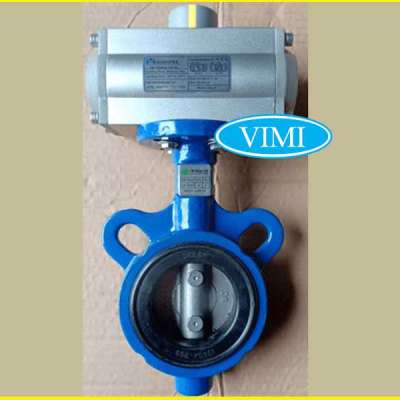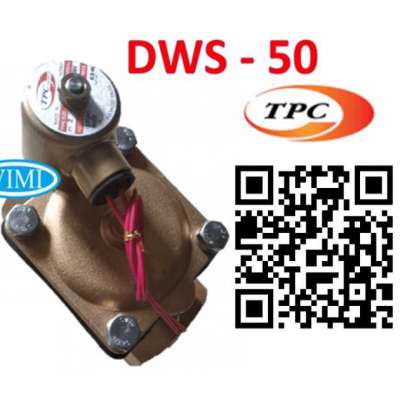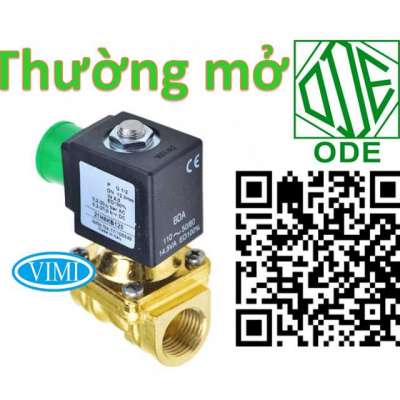Audio-Visual Design for Healthcare Facilities
Introduction
The design and layout of any healthcare facility plays an important role in supporting patient health, safety, comfort and recovery. An often overlooked but critical aspect of healthcare design is the use of audio-visual technologies. An appropriately designed and integrated audio-visual system can significantly enhance the patient and staff experience within a healthcare setting. This blog will explore how audio-visual design can benefit facilities and what elements should be considered for an effective implementation.
Importance of Audio-Visual Design in Healthcare
Providing Calm and Relaxing Environments
One of the primary goals of audio-visual design in healthcare is to create calm and relaxing environments that are conducive to healing. Careful selection and placement of screens, speakers and other multimedia elements can help avoid overstimulation and noise pollution for patients. Nature video loops and soothing instrumental music are commonly used to pleasantly occupy patient's senses without being disruptive or distracting. Areas like patient rooms, waiting areas and treatment spaces can all benefit from soothing audio-visual additions.
Enhancing Wayfinding and Circulation
Navigating a large healthcare facility can be stressful, especially in emergency situations. A well-designed audio-visual system can help circulate important wayfinding and informational content to guide patients and visitors. Large digital screens and signage throughout the building can clearly display maps, directions and location-based alerts. Audio announcements can broadcast parking availability, clinic locations or other timely updates. This improves circulation, reduces confusion and enhances the overall flow of the facility.
Improving Communication and Education
Access to information is critical for health, yet not always easy for patients to obtain. Audio-visual tools offer new ways to better communicate and educate. Interactive touchscreens in common areas can provide health resources, virtual tours and informational videos. Bedside tablets allow patients to stream wellness content, access medical portals or video chat with care teams. Group presentation displays in classrooms empower support groups and educational seminars. Enhanced communications lead to more informed and empowered patients.
Enabling Telehealth Services
The rise of telehealth is transforming healthcare delivery and expanding access in innovative ways. Integrating technologies like video conferencing equipment and virtual medical carts powered through audio-visual systems unlock new remote care possibilities. Patients can virtually consult with specialists, attend remote therapy sessions or participate in virtual rehabilitation programs from anywhere. Facilities gain the ability to scale services and expert coverage beyond physical walls through advanced connectivity.
Design Considerations for Audio-Visual Systems
Equipment Selection
A variety of screen types, speaker configurations and multimedia devices must be considered based on space functions and goals. Standards-based equipment ensures longevity, serviceability and compatibility. Factors like display size, resolution, mounting and physical durability are important in higher-use public areas. Device features like touch, wireless connections and security also impact the patient and staff experience. Standardizing where possible streamlines operations.
network infrastructure
A robust and reliable network infrastructure serves as the backbone enabling all audio-visual technologies. Bandwidth, connectivity and control systems must support high-resolution content, multiple concurrent devices, software platforms and future expansion. Wired Ethernet drops and high-capacity wireless access points provide media connectivity throughout facilities. Control systems unify and centrally manage entire AV ecosystems for simplified functionality.
Acoustic Treatments
Proper acoustic treatments are crucial in medical settings sensitive to noise and reverberation. From hard surface selections to specialized wall panels, materials are chosen to absorb sound without introducing privacy or infection control issues. Ceiling designs may incorporate sound masking and diffusion. Speakers are discretely placed to direct audio specifically without disturbance. Proper acoustic treatments ensure clear audio reproduction and communication.
Environmental Controls
Consideration for ambient light levels, temperature and other environmental factors enhances user experiences with the audio-visual system. Integrations allow touchpanels or software to control lighting scenes, shades and HVAC based on content or room functions. For example, dimming lights during video presentations or lowering shades for presentations. Such ‘environmental’ layers further immerse and optimize user experiences.
Implementation and Change Management
Careful planning, structured installation processes and customized training support successful adoption. Change management considers how new technologies integrate into existing workflows, processes and communication norms. User testing, customized guidebooks, quick references and ongoing support help teams maximize the system while adjusting to new paradigms. Addressing staff concerns proactively eases transitions and adoption challenges.
Measuring Impact
While seemingly subtle, well-designed audio-visual systems can meaningfully impact experiences, outcomes and operations. Facilities should establish metrics to quantify the system's performance and Value such as:
Patient satisfaction scores related to environment and communication
Staff utilization of new technologies for workflows/training
Telehealth program participation and health metrics
Wayfinding efficiencies like directional inquiries
Educational program attendance and knowledge retention
Measuring impact helps refine implementations and justify ongoing investments in technologies that elevate the patient experience and advance care delivery through enhanced audio-visual design.
Conclusion
When thoughtfully planned and executed, audio-visual systems transform healthcare spaces into more supportive healing environments. The ability to inform, soothe, connect and empower through integrated multimedia opens new opportunities to reimagine how care is delivered and received. Tracking both qualitative and quantitative impacts will continue to strengthen the case for prioritizing user-centric audio-visual design as a strategic element in building healthier, more productive and empowering facilities of the future.
Read More:- https://www.africainsocial.onl....ine/blog/304445/enha
Like
Comment
Share















